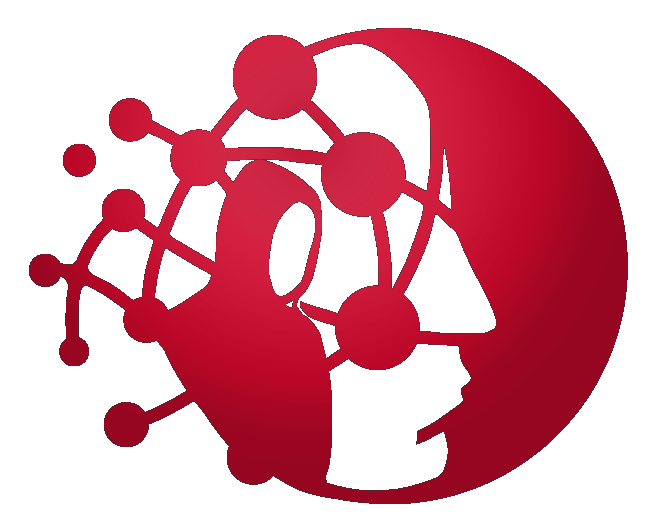I use The NodeZero Platform as a consultant on penetration testing engagements for various customers. This might be different than some of their more common use cases where companies use it internally. The primary use case is for penetration testing engagements, and the main driver for having The NodeZero Platform is that it's a force multiplier for me as an individual to perform more penetration testing without additional human resources.

Horizon3.ai NodeZero Platform
Horizon3.aiExternal reviews
External reviews are not included in the AWS star rating for the product.
Has allowed me to increase testing coverage and focus on remediation by automating repetitive tasks
What is our primary use case?
What is most valuable?
My favorite feature about The NodeZero Platform is that it's autonomous, and it truly delivers on that promise. It can be set and forgotten while it performs its tasks. It does exactly what it claims to do.
What needs improvement?
I started with The NodeZero Platform when it was less mature. Anytime I encountered something annoying or identified a gap that needed attention, they had already fixed or added it by the time I would have requested it. The product is being rapidly developed at this stage. There really isn't anything feature-wise that I would request or change because it's a good product. It does what it claims and excels at finding issues and covering large environments so humans don't have to perform repetitive tasks for extended periods. This allows us to focus on what's important: fixing and protecting systems. If there was one thing I would change, I would want their consulting licensing to return to being unlimited.
For how long have I used the solution?
I have been using The NodeZero Platform for four years this month.
What do I think about the stability of the solution?
In the early stages, I experienced issues with large penetration tests where things might get delayed or require intervention, but I cannot remember the last time that occurred. While one of their main selling points is that it's safe to run in production, we might still try to avoid unnecessary risk. For companies operating during normal business hours, we might conduct penetration testing at night. When using SaaS-based products at night, maintenance windows can cause downtime, but I haven't encountered any of these issues with The NodeZero Platform. I cannot recall any instances of downtime or the platform being offline.
What do I think about the scalability of the solution?
I have used it for tests ranging from tens to thousands to tens of thousands of assets, and I haven't encountered any trouble scaling. While I wouldn't say it's infinitely scalable, it certainly handles scaling effectively.
How are customer service and support?
The support currently is really good. When I have questions or concerns, I receive responses promptly. They've added a chatbot which isn't particularly useful, but when it can't answer questions, it forwards messages to human support. I typically receive human responses within 12 hours, usually the same day or next day. Previously, with time-sensitive engagements, I would worry about resolving issues before deadlines. That concern has diminished as they've become more responsive and require less escalation to engineering. Support cases are now handled more efficiently, either by directing to documentation or providing workarounds for project completion.
How was the initial setup?
The setup process is extremely straightforward. It has become even easier with the addition of Runners feature, which allows for automatic setup of repeated tests throughout the year. The initial setup takes approximately 30 minutes, mostly spent reading documentation, as the process is primarily point-and-click.
Which other solutions did I evaluate?
I have used three alternatives: Pentera, Core Impact, and Metasploit Professional. Core Impact and Metasploit Professional aren't direct competitors as they are penetration testing toolkits with built-in automation. Pentera markets itself similarly to The NodeZero Platform. Compared to Pentera, The NodeZero Platform requires less setup and delivers higher quality results. Pentera follows a consistent pattern of running vulnerability scans and attempting exploits, producing results similar to vulnerability scans. The NodeZero Platform varies its approach and continues exploring potential vulnerabilities more thoroughly, similar to a real threat actor.
What other advice do I have?
The NodeZero Platform has helped identify vulnerabilities with on-premises systems effectively. They handle all technical aspects internally. I have given The NodeZero Platform a rating of 9 out of 10.
Deploying autonomous security tools improves network protection and efficiency
What is our primary use case?
What is most valuable?
What needs improvement?
For how long have I used the solution?
What was my experience with deployment of the solution?
What do I think about the stability of the solution?
What do I think about the scalability of the solution?
How are customer service and support?
How would you rate customer service and support?
Positive
Which solution did I use previously and why did I switch?
How was the initial setup?
What about the implementation team?
What's my experience with pricing, setup cost, and licensing?
Which other solutions did I evaluate?
What other advice do I have?
Penetration testing adapts to our schedule with cloud integration
What is our primary use case?
What is most valuable?
What needs improvement?
For how long have I used the solution?
What do I think about the stability of the solution?
How are customer service and support?
How would you rate customer service and support?
Positive